Last Updated on April 3, 2024
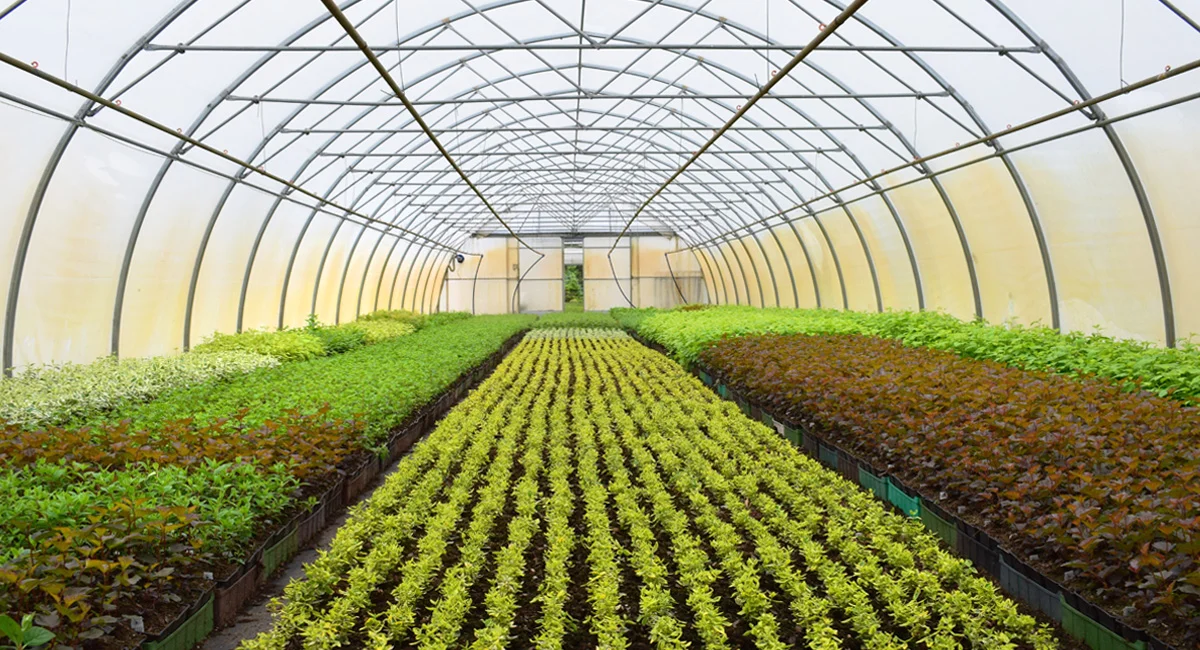
We all know what a greenhouse looks like and the reasons why they exist, but do most of us know exactly HOW they work? Well, let Ocean State Job Lot show you the way, including some helpful hints that will make them more useful to you as you grow your plants and seeds throughout the different months and seasons of the year.
We’ll take you through the science of the greenhouse, including what temperatures you should shoot for depending on the size of your greenhouse. Plus, we’ll tap into the roots of the different soils you can use as well as the water and irrigation system that will be best for your system.
By the end of this blog post, we hope that you’ll be more knowledgeable as well as a bit more passionate about greenhouses so you can help others master their own green thumb while you spread the art of the seed and the soil. So, let’s dig in!
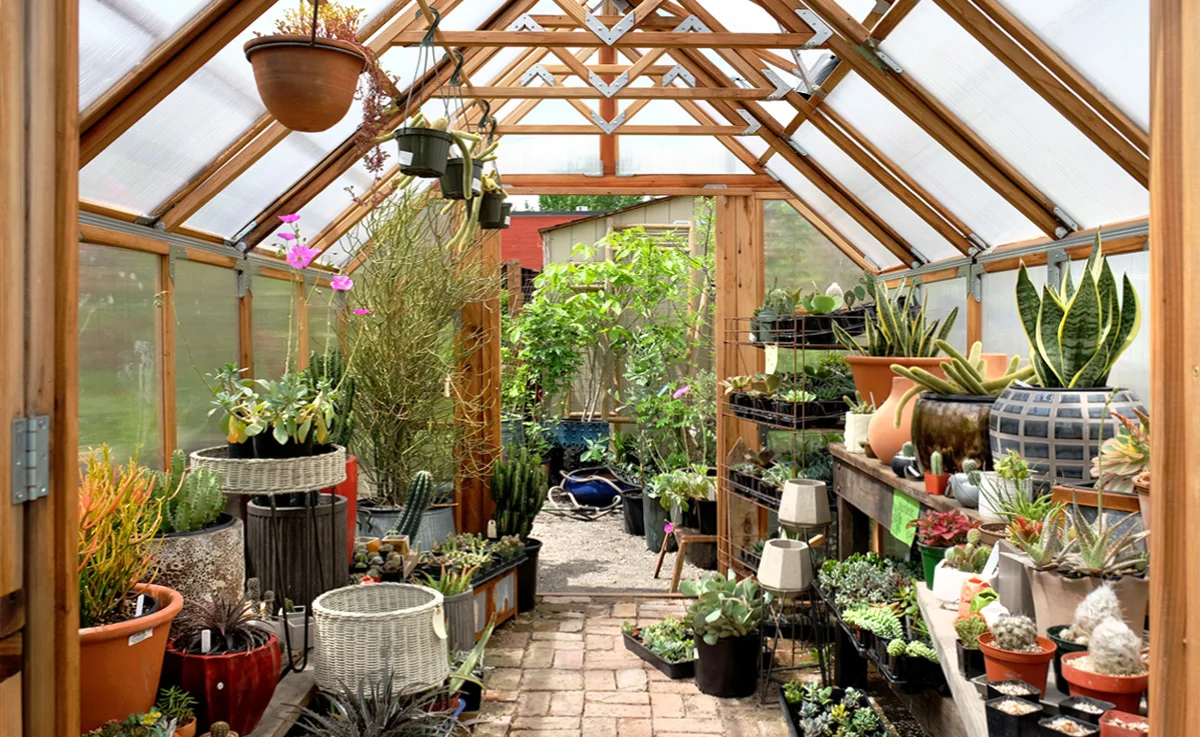
Introduction to Greenhouses
When you first think about whether you want a greenhouse or not, first try to get a little reason behind why you might need one. Remember, the first thing a greenhouse does is protect your plants or seeds from the cold, frost, or extreme sunlight. Think about whether you are planting too early in the year or if it’s just an unusual season and you need a bit more protection from the cold and sunlight of Mother Nature. You’ll want to check which seed starter kits you are using to make sure you are starting at the correct time.

The Science Behind the Greenhouse Effect
Let’s break this down simply so we can all understand. Greenhouses harness the principles of physics and biology to create an environment that promotes optimal plant growth. At its core, the science behind how greenhouses work revolves around the greenhouse effect—a natural process that traps heat in Earth’s atmosphere. Greenhouses amplify this effect to create a controlled and favorable microclimate for plants.
The structure of a greenhouse typically involves transparent materials, such as glass or plastic, which allow sunlight to enter. Once inside, sunlight is absorbed by the plants and the soil, converting it into heat. After the heat is captured inside, the greenhouse structure prevents this heat from escaping, leading to an increase in temperature.
The greenhouse effect allows for a ventilation system that regulates temperature and humidity. In essence, it prevents the structure from becoming too hot or too humid, ensuring an ideal environment for plant growth.
In addition to temperature control, greenhouses enable growers to manipulate other environmental factors like lighting, irrigation, and nutrient levels. This level of control helps in parts of the country in which the climate is challenging during the growing season.

Structural Elements of a Greenhouse
Now, there are a couple of different versions of greenhouses that we’re talking about. You could have the huge greenhouse that you have out in open spaces. Or, you could have those multi-shelved greenhouses from Tiller and Rowe, like we offer at Ocean State Job Lot. They are perfect for seed starter kits and getting your spring planting off to a great start.
On the bigger level, the key structural elements of a greenhouse include the framework, covering material, ventilation system, and foundation.
The framework forms the skeleton of the greenhouse, providing support and shape. Typically made of materials like galvanized steel or aluminum, it must be sturdy enough to withstand weather conditions and support the covering material. You don’t want something that’s going to be overpowered by the weather. That material will often be transparent to allow sunlight to penetrate while protecting plants from external elements. Common materials include glass, polycarbonate, or polyethylene, each offering specific benefits in terms of insulation and light transmission.
A well-designed ventilation system is essential for regulating temperature and humidity inside the greenhouse. This can involve roof vents, side vents, or automated systems to ensure optimal conditions for plant growth. Proper ventilation prevents overheating and helps maintain a healthy atmosphere.
The foundation provides stability and support for the entire structure. It can be a concrete slab, posts, or other suitable materials depending on the greenhouse’s size and design.
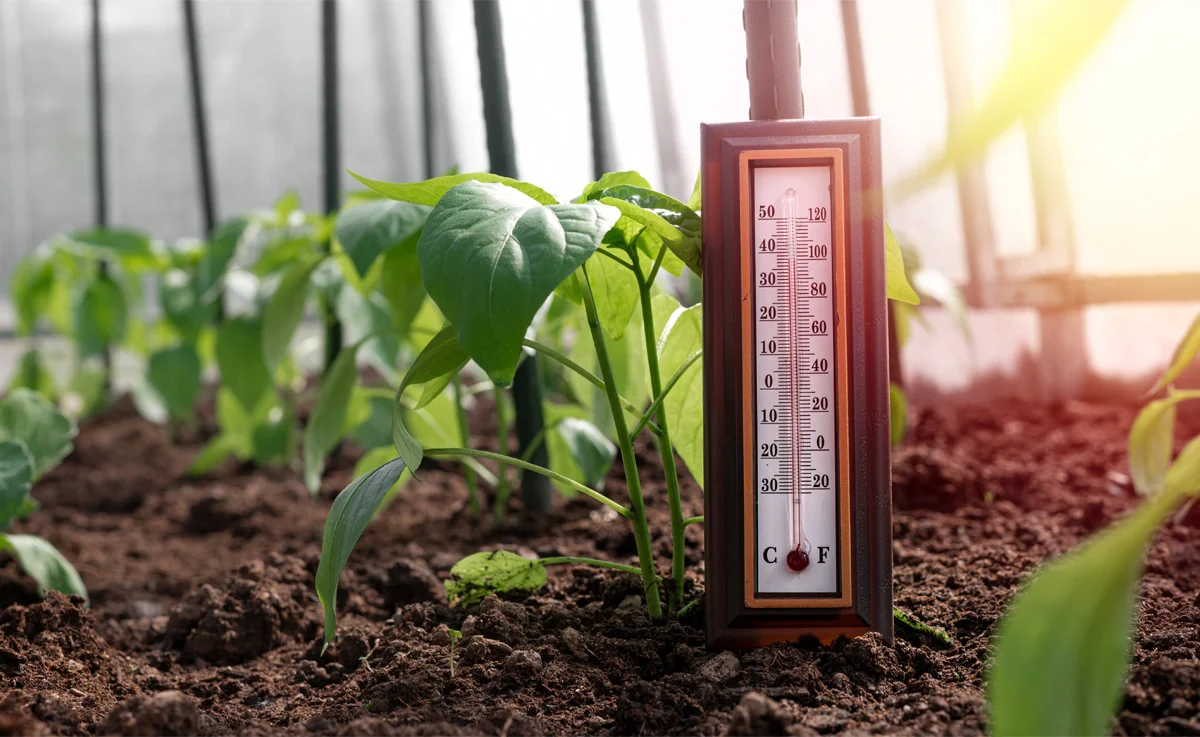
Temperature Control and Regulation
If you want to create an environment in your greenhouse for premium plant growth, temperature control and regulation are two big keys.
One way to regulate the temperature is the type of covering material on it. Transparent materials, such as glass or polyethylene, allow sunlight to enter, initiating the greenhouse effect. However, the covering must also have insulating properties to retain heat during colder periods and reflect excess sunlight during warmer ones.
Ventilation systems play a crucial role in temperature regulation. Roof vents, side vents, or automated systems help dissipate excess heat, preventing the greenhouse from becoming too hot. The greenhouse might also have fans that will aid in air circulation, maintaining a uniform temperature throughout the greenhouse.
During colder months, heating systems are often used as well to counter temperature decreases. Other help can come in the form of gas heaters, electric heaters, or geothermal systems.
If your greenhouse is a little higher tech, it might have temperature sensors that warn you of drastic increases or decreases in temperatures. Otherwise, checking regular thermometers will help key an eye on things.
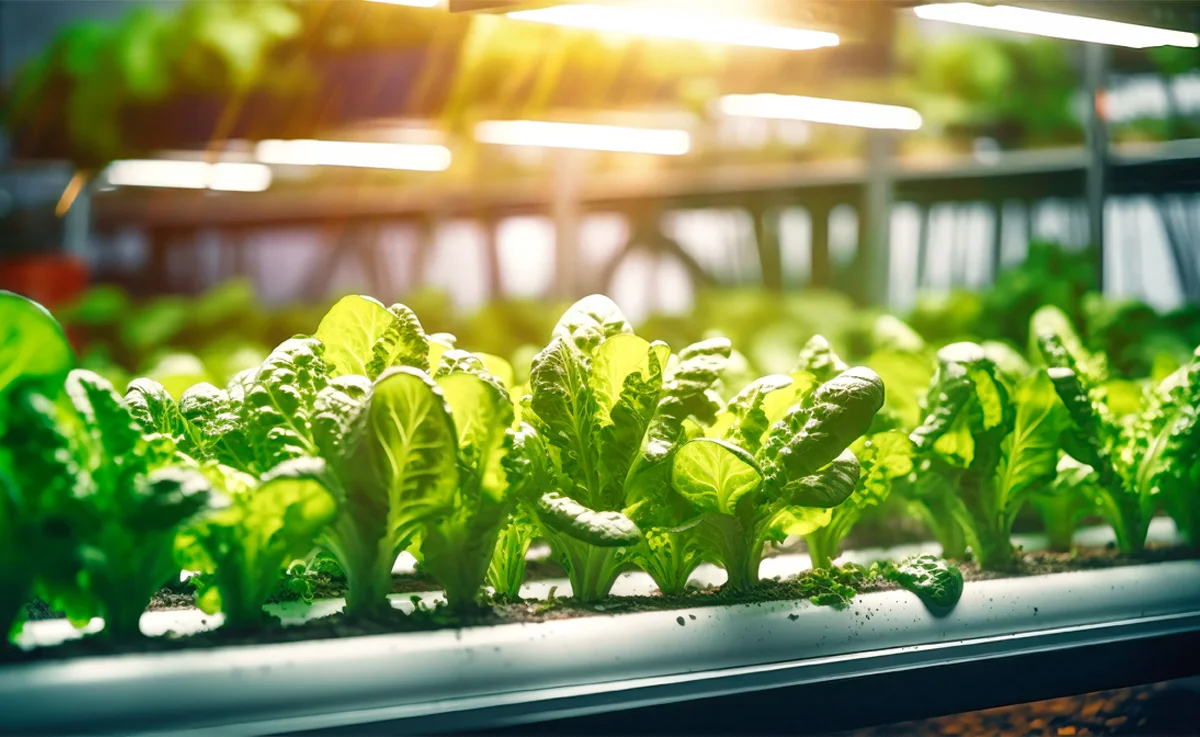
Light Management in Greenhouses
When it comes to your greenhouse, it absolutely needs an effective lighting management plan. Of course, natural sunlight will be the bulk of that, but you’ll want to rely on supplemental lighting which becomes essential too.
There are a few artificial means of lights that you can consider:
- high-pressure sodium (HPS) or industrial LED lights
- metal halide
- light-emitting diodes (LED)
LED technology has gained popularity due to its energy efficiency and the ability to tailor light spectra to plant needs. These supplemental lights, including solar lights, are strategically placed to ensure uniform coverage and address specific crop requirements.
Lighting duration, a process known as photoperiod, is carefully managed to mimic natural day-night cycles. Controlling the duration of light exposure influences critical plant processes like flowering and fruiting. Light sensors and automated control systems can enable precise monitoring and adjustment of lighting conditions. This ensures that plants receive the right amount and type of light, promoting optimal growth.

Humidity and Watering Systems
Drip irrigation systems are commonly used where water is delivered directly to the base of plants, minimizing waste and promoting efficient nutrient uptake. These systems are often automated, allowing precise control over watering schedules and quantities.
Misting systems are often employed to regulate humidity levels where droplets of water are released into the air to create a moist atmosphere. This will help plants that require higher humidity and prevent issues like fungal diseases.
Greenhouse operators also utilize technologies such as soil moisture sensors and climate control systems to monitor and manage water usage. These tools ensure that plants receive adequate water while avoiding overwatering, which can lead to root diseases.
Incorporating rainwater harvesting systems further enhances sustainability – something that Ocean State Job Lot promotes in its Mission, Vision, and Values – by utilizing natural water sources. This collected water can be integrated into irrigation systems, reducing reliance on external water supplies, which is better for the environment.
You can always use the always tried and true method as well, with heavy-duty hoses and nozzles from Ocean State Job Lot.

The Role of Soil and Plant Nutrition
As you might’ve already expected, the role of soil and plant nutrition in greenhouses is fundamental to growing copious crops. There are plenty of mixes that you can pick up at Ocean State Job Lot. Some of those are soilless mixes, including materials like perlite, vermiculite, and coconut coir. These media provide a well-aerated and sterile environment.
Nutrient solutions can be added and are commonly used in hydroponic or soilless growing systems. These solutions contain a balanced mix of essential macro and micronutrients that are directly delivered to the plant roots. This is like letting the nutrients get access straight to the roots for faster growth.
You’ll want to monitor and adjust your soil and nutrient levels along the way. If you run into an issue, you may find a way to incorporate organic or synthetic fertilizers into the growing media to supplement nutrient levels. This can be essential for providing a sustained release of nutrients over time.
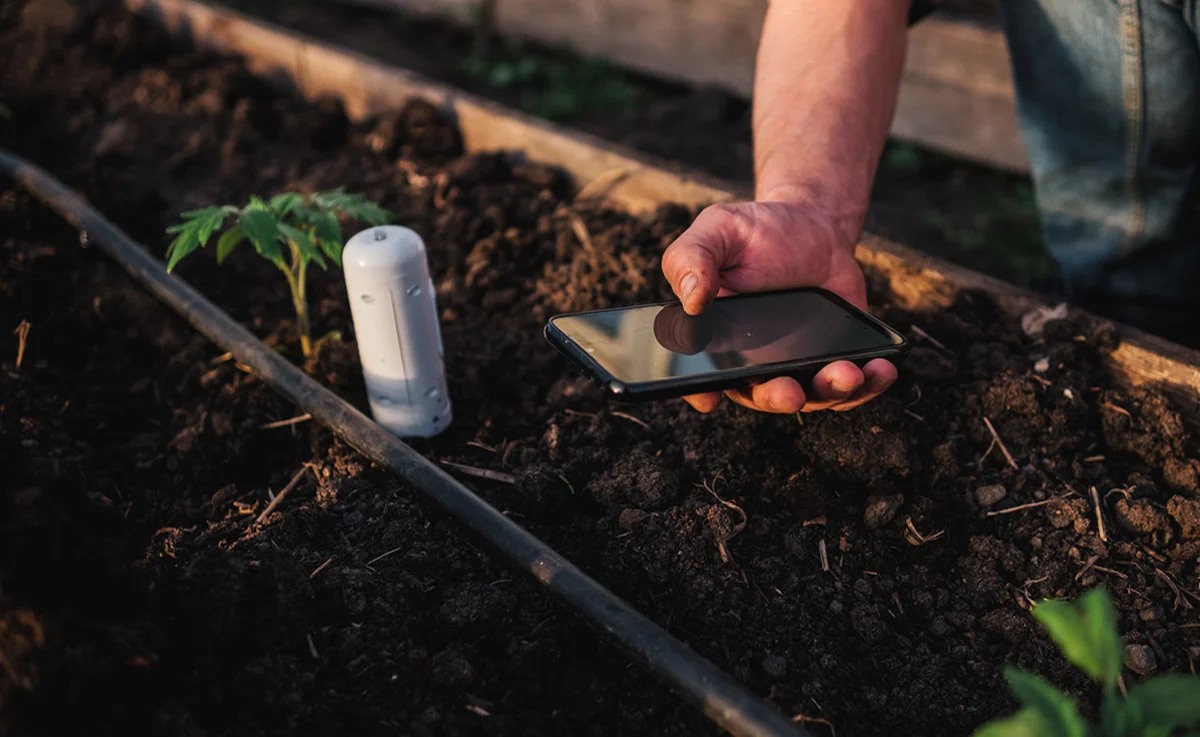
Advanced Greenhouse Technologies
The days of just putting your plants and seeds in your greenhouse and crossing your fingers have long gone by. Today’s greenhouse user can use technology, no matter how big or small your greenhouse is, to help. These technologies include:
- Temperature Sensors
- Automation Systems for Temperature and Watering
- Lighting help
- Automated nutrient dosing systems
Let some of the new technology take the guessing out of the game and help find your way to a greener greenhouse.
Conclusion
Whether it’s big, small, or something in between, a good greenhouse is an effective greenhouse. Hopefully after grooming through our post, you’re one step closer to having a place of paradise for your plants. Don’t forget to visit your local Ocean State Job Lot to find everything you need at prices you won’t believe!


